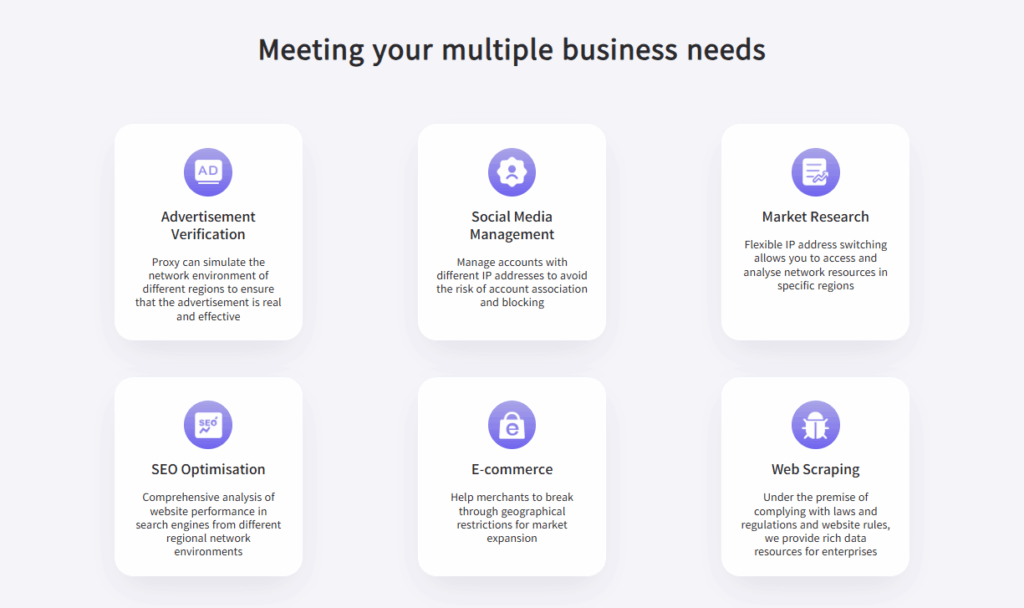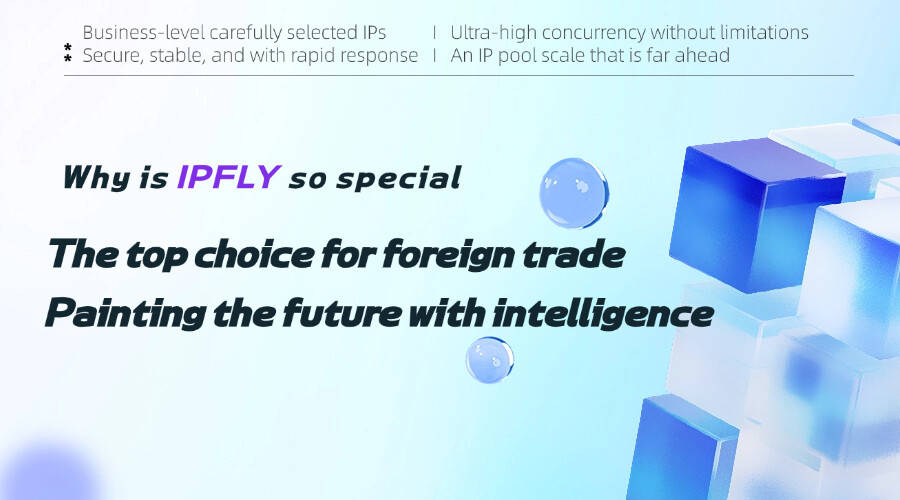In today’s data-driven online environment, businesses often need access to vast web resources without being blocked, throttled, or detected. Whether it’s for large-scale web scraping, SEO audits, or ad verification, proxy solutions are central to many operations. Among these options, the backconnect proxy service has gained popularity for its dynamic IP rotation and broad access potential. But what exactly is a backconnect proxy, and when should you consider using it?
Let’s explore the key benefits, use cases, and tips for using backconnect proxies effectively.

What Is a Backconnect Proxy Service?
A backconnect proxy service is a type of proxy network that automatically rotates your IP address at regular intervals or per request. Instead of connecting directly to a single proxy IP, your request is routed through a gateway server. That server dynamically assigns an IP address—often from a pool of residential or mobile IPs—before forwarding your request to the destination website.
Here’s how it differs from traditional proxies:
- IP Rotation: Your IP changes frequently, helping you avoid bans and detection.
- Larger IP Pools: Typically includes thousands or even millions of IPs.
- Gateway Connection: You connect to one endpoint, and the service handles routing behind the scenes.
This setup is ideal for high-volume tasks where anonymity, IP diversity, and access to geo-blocked content are essential.
How Does It Work?
Instead of assigning you a static proxy IP, a backconnect proxy provider assigns a gateway address. When your software or browser sends requests through that gateway, the service randomly selects an IP from its pool to execute the task. After a certain number of requests or a time limit (e.g., every 10 minutes), the system assigns a new IP.
This offers two advantages:
Avoiding Rate Limits: Since IPs rotate regularly, you’re less likely to hit API or access limits.
Evading Detection: Websites struggle to fingerprint or block your activity, as it appears to come from different IPs.
Backconnect proxy networks usually consist of residential IPs, which are harder to detect and block compared to data center proxies.
Key Benefits of Backconnect Proxies
Scalable IP Rotation
Instead of manually switching proxies or managing a proxy list, backconnect proxies handle rotation automatically, making them ideal for bulk operations like scraping or crawling.
High Anonymity and Reduced Blocking
Because the IPs come from real users (often through P2P networks), websites are less likely to flag them as suspicious, reducing CAPTCHAs and IP bans.
Geo-Flexibility
Many backconnect proxy services allow users to choose proxies based on specific countries, cities, or regions. This makes it easier to localize research, verify ads, or access region-locked content.
Streamlined Management
You get a single endpoint to connect to, without the need to manage hundreds of rotating proxies manually. This simplifies configuration and reduces engineering overhead.
Use Cases for Backconnect Proxy Services

Web Scraping at Scale
If your business depends on gathering data from search engines, e-commerce sites, or travel platforms, backconnect proxies help you collect information without triggering anti-bot measures.
Ad Verification
Verifying that your digital ads are displayed correctly and safely in different regions requires localized IP addresses. Backconnect services make it easy to switch locations and audit ad placement.
Market Intelligence and Price Monitoring
Retailers and aggregators can monitor competitor prices in real time without getting blocked. The rotating IPs make it appear like requests come from organic users.
Brand Protection
Backconnect proxies assist in tracking counterfeit listings or unauthorized resellers across marketplaces without being identified as a single tracking source.
Account Management and Automation
Businesses managing multiple accounts on platforms like Instagram, LinkedIn, or marketplaces benefit from IP diversity. Using backconnect proxies minimizes the risk of account linking and bans.
Choosing the Right Provider
Not all backconnect proxy services offer the same level of quality. Here’s what to look for:
- Size and Quality of IP Pool: Residential IPs are more valuable than data center ones for evading bans.
- Rotation Control: Some providers let you set time-based or request-based rotation rules.
- Speed and Stability: Test latency and success rates before committing.
- Geo-Targeting Options: Especially important for region-specific tasks.
- Security: Look for encrypted traffic and reliable data handling.
This is where IPFLY’s infrastructure deserves a mention. With access to over 90 million IPs across 190+ countries, including both residential and datacenter options, IPFLY provides flexible proxy tools fit for business-scale operations. While IPFLY does not market a “backconnect” product under that name, its dynamic residential proxy service performs similar functions with high success rates and smart rotation algorithms, making it a solid choice for tasks that typically require a backconnect setup.
Best Practices When Using Backconnect Proxies
To make the most of a backconnect proxy service, consider the following tips:
- Use Session Persistence When Needed: Some tasks, like form submissions or login,s require consistent IPs. Use session control options when available.
- Don’t Overload a Single Target: Even with IP rotation, too many requests to the same domain may raise suspicion. Spread requests across time and targets.
- Monitor Performance: Use analytics to monitor request success rates, latency, and blocks to refine your configuration.
- Respect Robots.txt and TOS: Even with proxies, ethical scraping and responsible automation are critical to long-term success.
Limitations to Consider
Backconnect proxies aren’t a one-size-fits-all solution. Some potential drawbacks include:
- Slower Speeds: Routing through residential IPs may result in slightly slower connection speeds than direct datacenter proxies.
- Shared Networks: Since many users share the same IP pool, you may experience IP reuse, especially during peak times.
- Cost: Residential IPs (especially rotating ones) tend to be more expensive than static datacenter options.
However, these limitations can be mitigated by choosing a high-quality provider with transparent routing policies and dedicated IP pool segmentation.
Conclusion
A backconnect proxy service is a powerful tool for any organization that needs secure, large-scale, and region-diverse web access. From scraping and brand protection to ad verification and automation, its value lies in dynamic IP rotation, scalability, and high anonymity.
If your business needs flexible and secure access to web data or platforms without interruption, it’s time to consider integrating a backconnect-style proxy solution into your workflow.

Ready to streamline your proxy strategy? Explore how IPFLY’s dynamic proxy offerings can deliver enterprise-grade performance with easy integration, global coverage, and consistent results. Visit https://www.ipfly.net to learn more.


